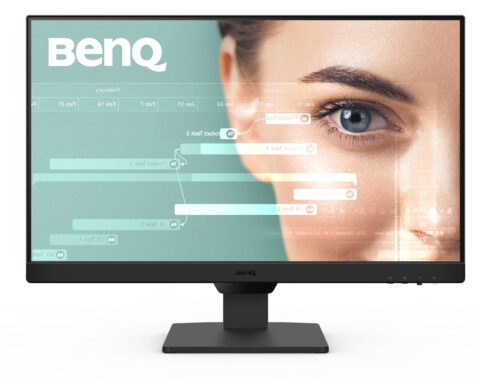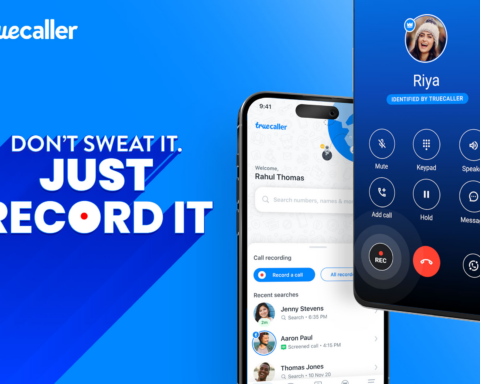The first wave of the global health pandemic Covid-19 disrupted many industries and businesses. The IT service management (ITSM) industry has been among the sectors that have seen significant changes in the wake of the pandemic.
One of the most disruptive impacts of the pandemic has been in the employee engagement area. In the wake of a hybrid work environment and a greater need for seeking work-life balance, professionals in the ITSM industry are looking for a more engaging work experience. Increasingly, organizations are putting more focus on improving the employee experience and considering this as a key metric for assessing an organization’s performance and value. This shift in sentiment is highlighted by AXELOS 2022 ITSM Benchmarking Report.
The data from the report shows that 67% of survey respondents stated that their organizations understand the need to deliver a better employee experience. And 18% of the respondents expect them in 2022. Only 9% of respondents thought their organizations would never see the need for improving employee experience.
And for any industry, human resource (HR) is one of the key functions to improving and reshaping employee experience. And it’s here that an increasing number of organizations in the ITSM industry are looking to leverage data and digital technology particularly AI (artificial intelligence) to engage employees productively. As workplaces step into 2023, they can deploy AI in four key areas to redesign employee engagement and improve their experience, and boost productivity.
Streamlining the onboarding experience with AI chatbots
AI chatbots can make onboarding a more fun and engaging process. Instead of asking new employees to go through the tedious process of reading the employee handbook, HR can use AI chatbots to speed up their orientation by offering them the freedom to discover the select information that they need to begin with.
Chatbots can answer employee questions for wide-ranging queries like “What is the company’s policy on coming in late?” or access to the company’s holiday list and so on. Continuous input of employee data in the AI system makes Chabot’s smarter and over some time HR can use collected data to create different types of user profiles. And subsequently, answers can be tailor-made for specific user (employee)
profiles within the organizations. Companies can also use AI-powered tools in the initial phase of employee settlement to decide the kind and level of data access that each employee requires based on their queries in the boarding phase.
Capturing employees’ experiences in real-time
HR can use sentiment analysis by leveraging AI to get insights into employee mood, their satisfaction levels with the workflow processes, and their equation with their teams and managers. Data and insights collected by AI can help manager’s flag serious workplace issues before they scale up. HR can use predictive insights thrown up by AI to proactively solve employee problems. The team can create personalized responses to address individual employee queries and enrich employee engagement.
Improving team collaboration
Using AI HR can have a detailed view of employee strengths and weaknesses and have an inside-out view of employee performance. Using this AI-powered data leaders can identify employees that would work best together to fastrack business outcomes.
AI can also be used to free-up HR and employee time in coordinating work calendars within or across teams to set up meetings. AI can help leaders set meetings for employees based on their availability and on basis of who is required to be in meetings based on the expertise that they bring to the table. This AI-powered process-oriented framework can free up employees to dedicate their valuable time to more productive work and lead to better engagement.
Supporting employee learning and development needs
AI can be used by HR to firm up learning and development programmes for employees across the hierarchy aiding employee growth and building leadership pipeline.
For example, predictive analysis can help the HR team and leaders to identify skills and training gaps and zero on employees who need upskilling on a priority basis. On basis of AI data select employees can be identified and provided coaching and learning programmes that match employee schedules and workload.
In a digital world, this is the right time for employers to leverage the power of AI to preempt potential challenges faced by employees, increasing their productivity by empowering them with the right work tools and driving engagement with more personalised interactions and interventions.









